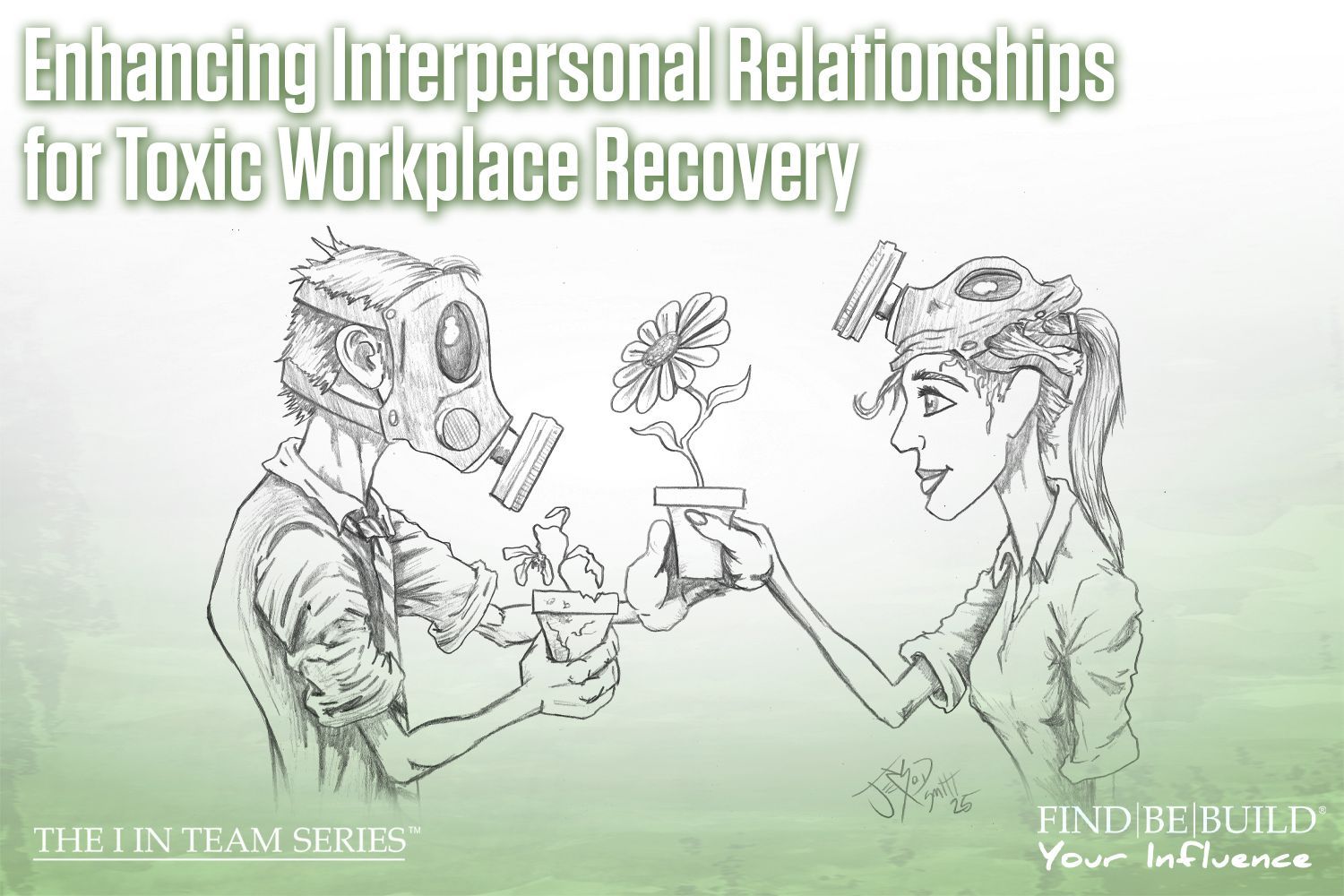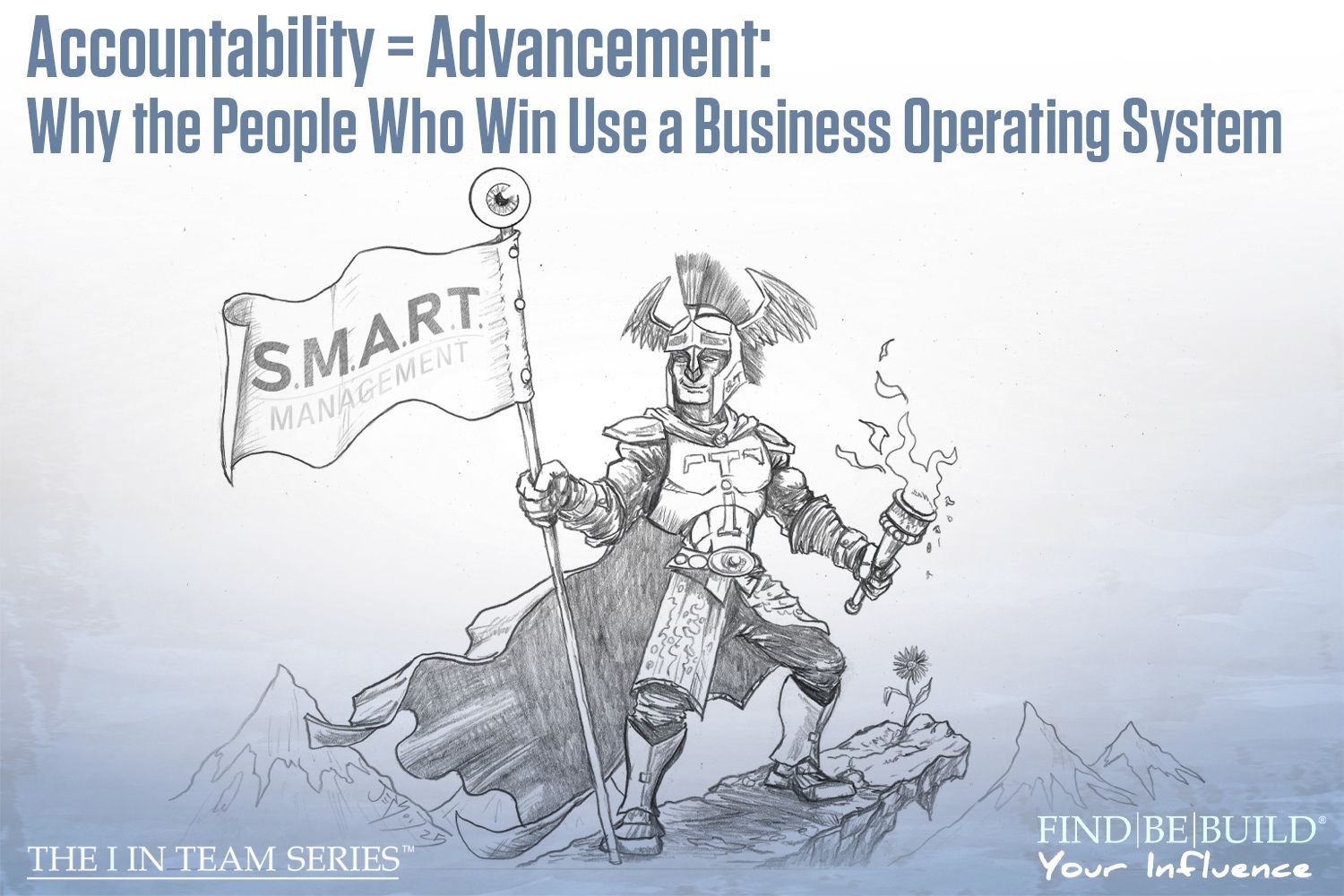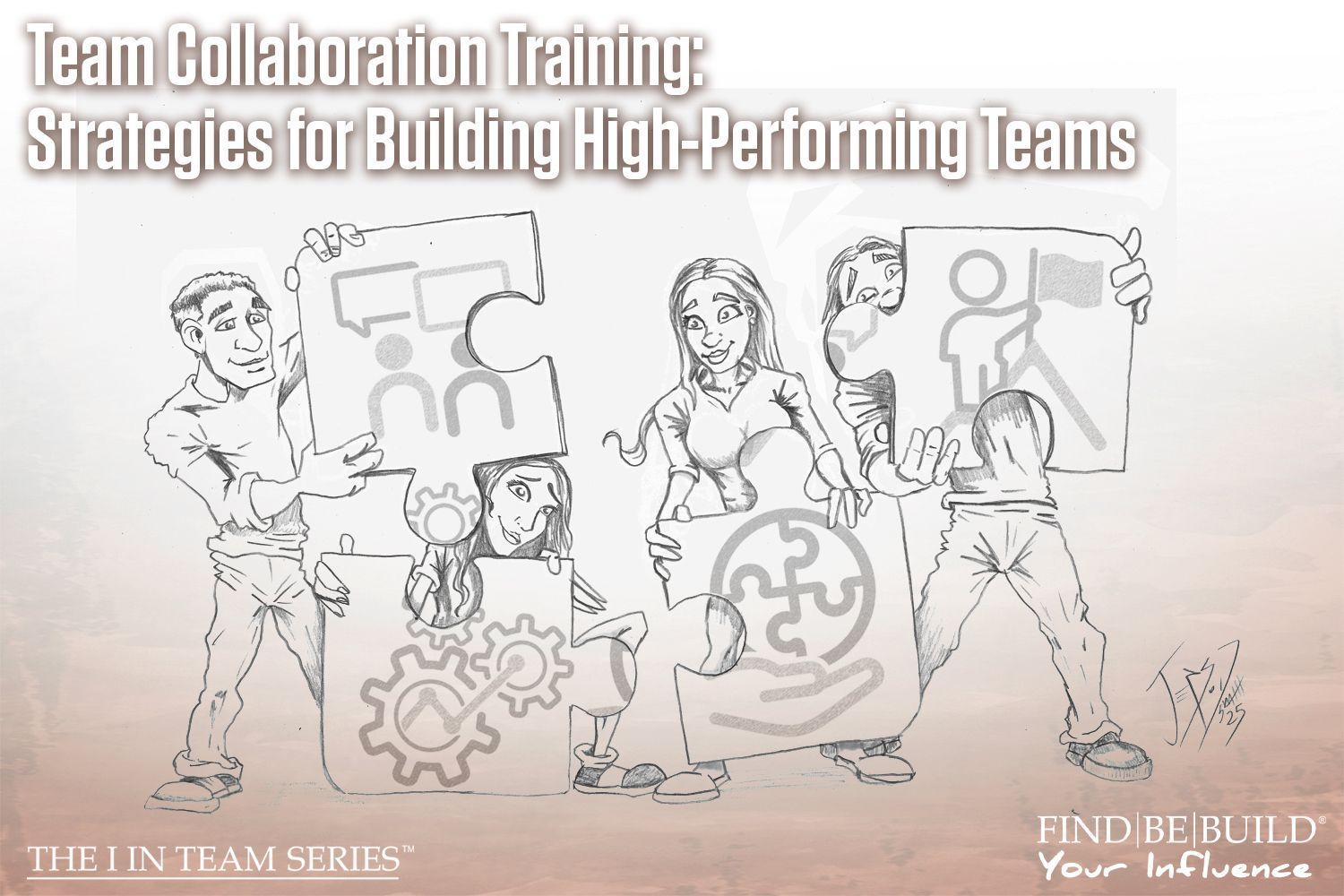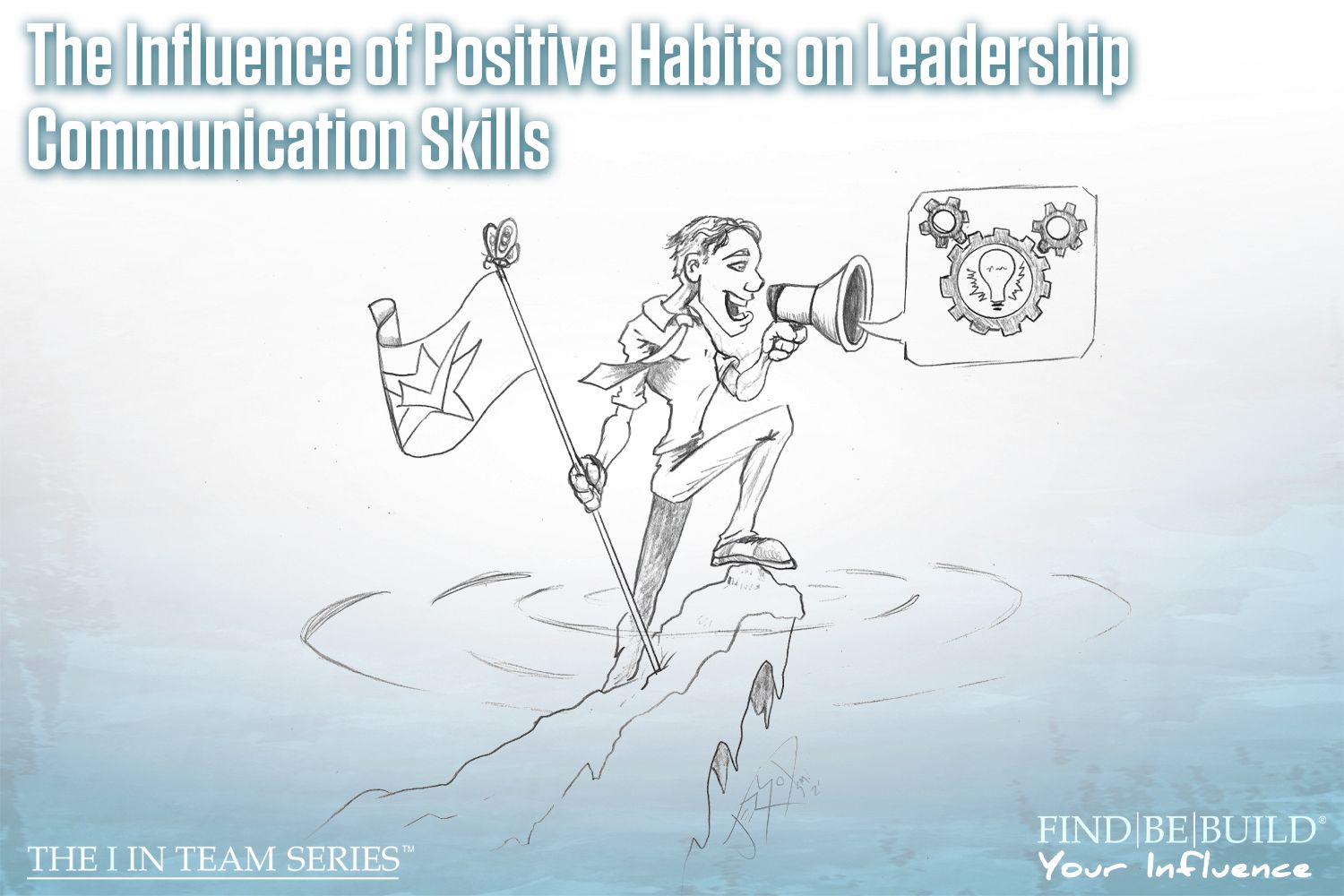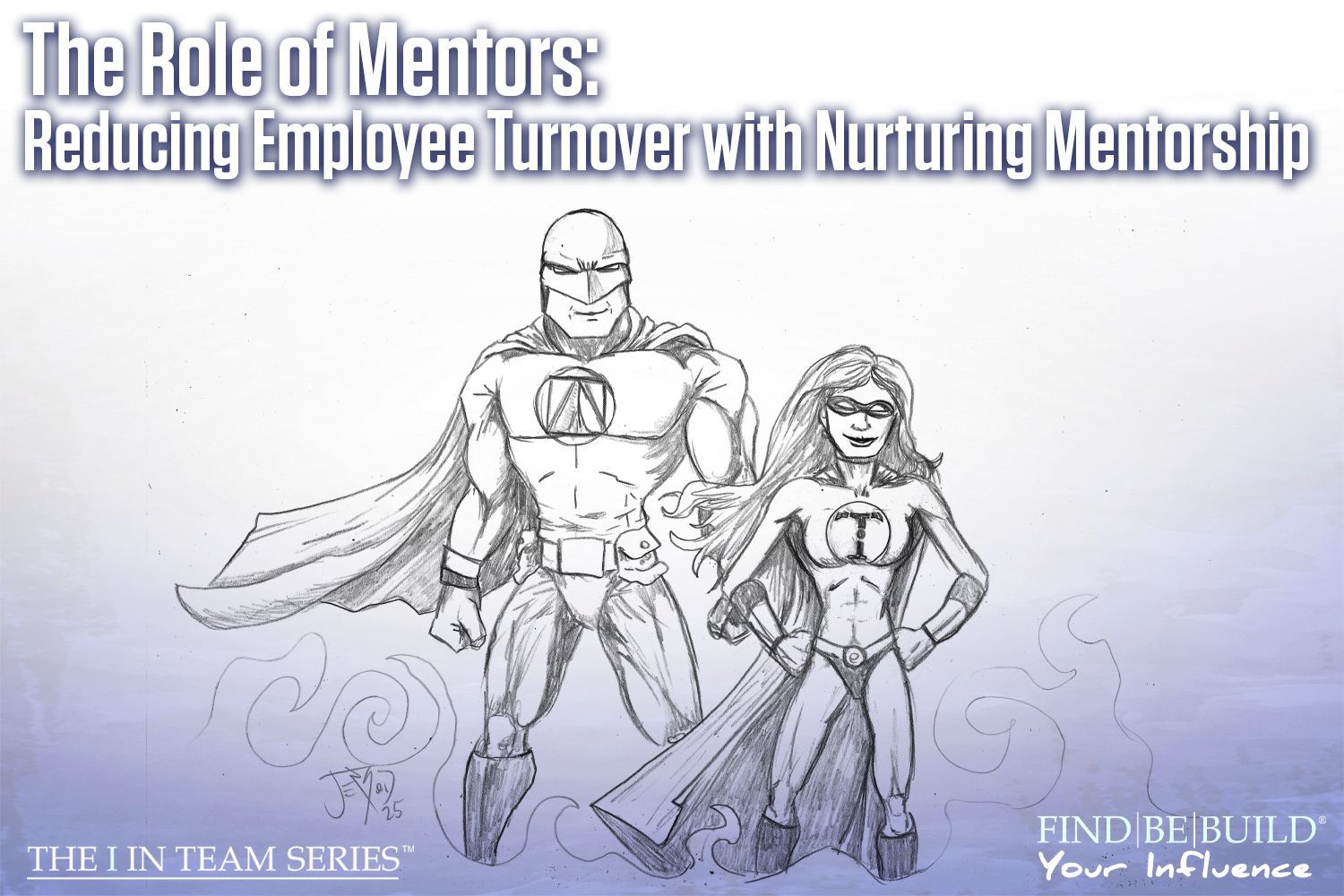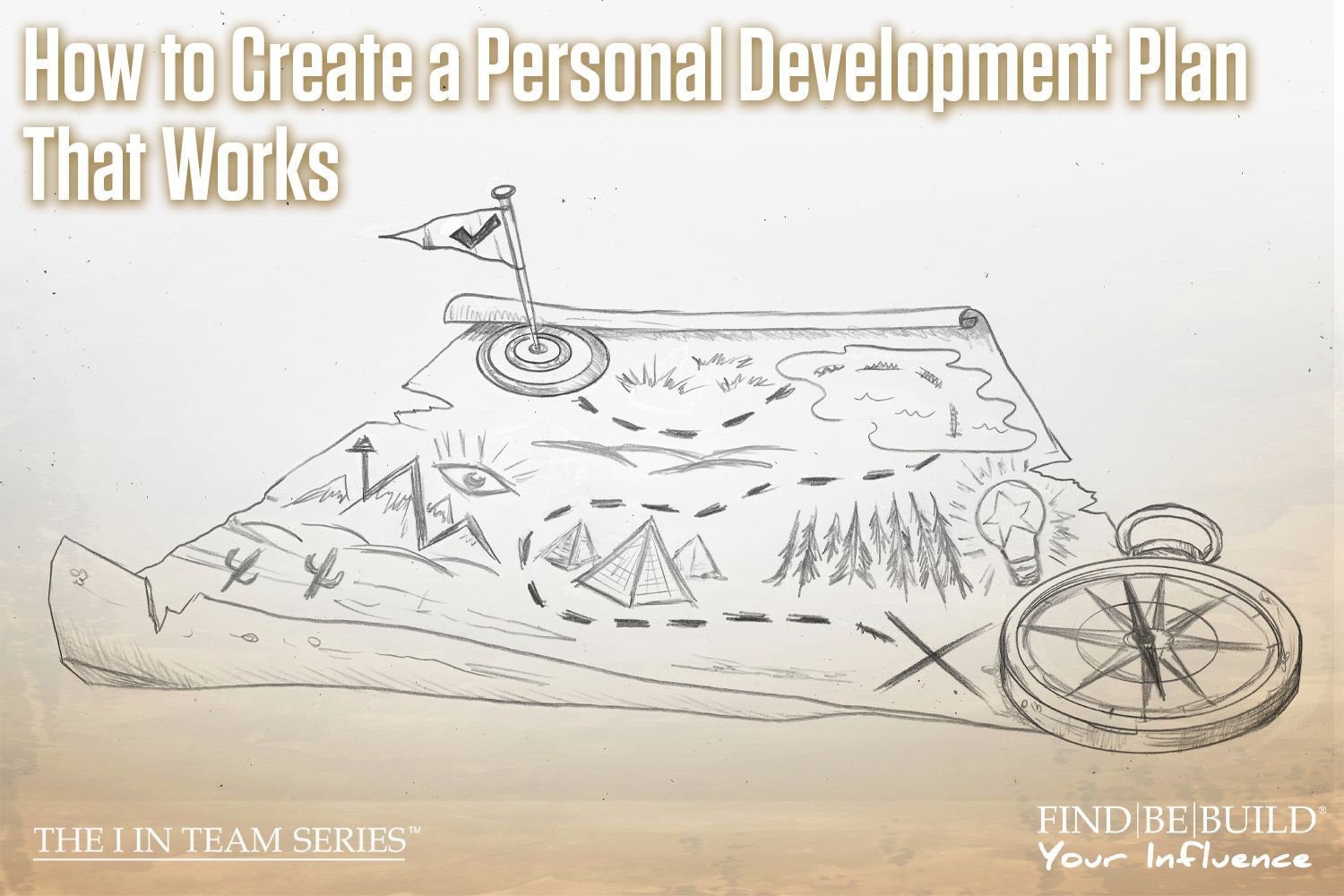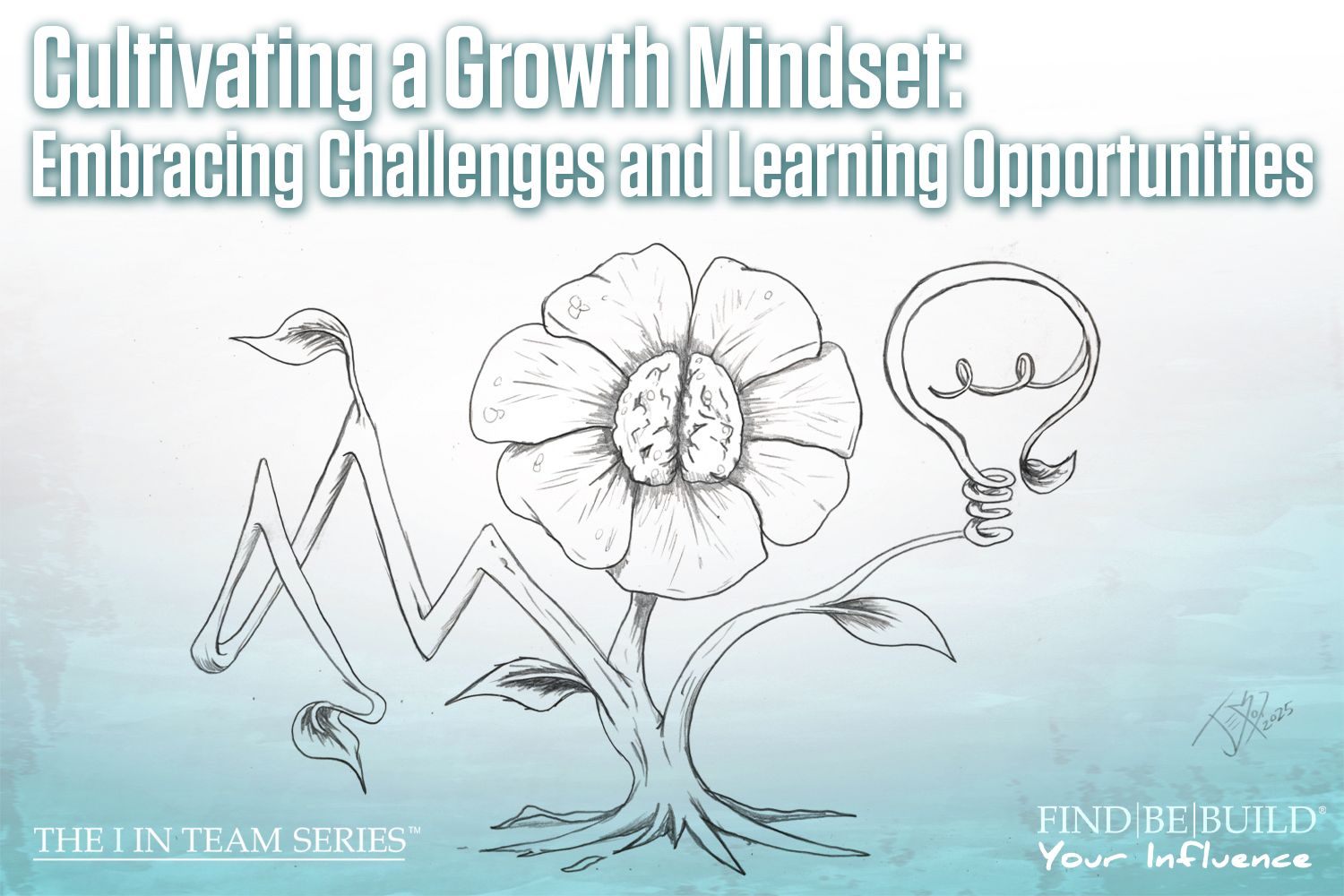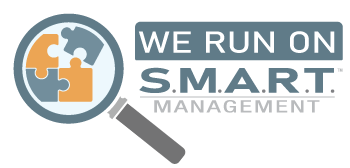Building Mental Toughness for Success
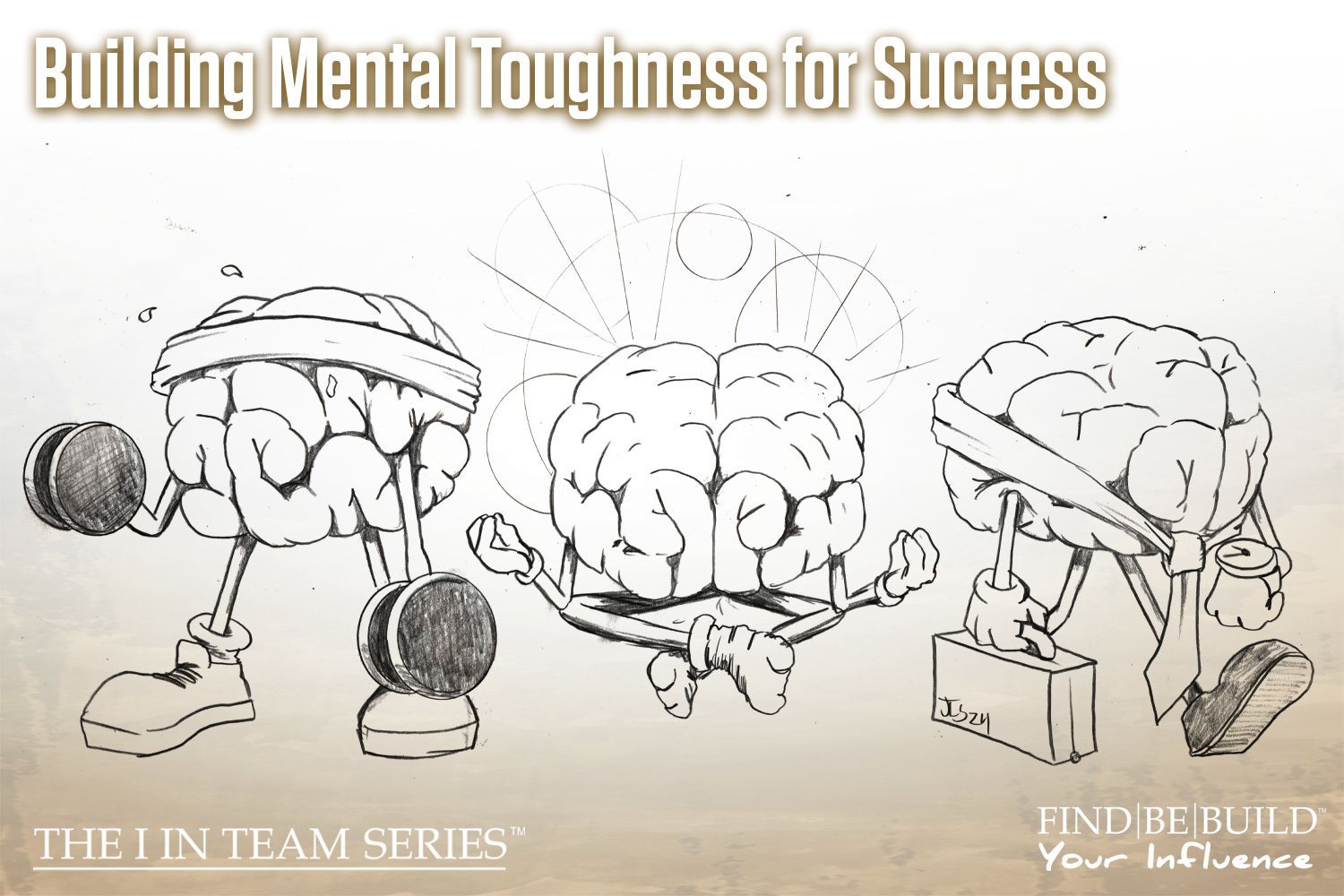
Mental toughness in business consulting
Hi, team! It’s your friend, Mary, with the “I” in Team series where you can find, be, and build your positive influence. Something that all leaders need to face on their path is building mental toughness, which involves developing resilience, discipline, and a strong mindset to overcome challenges and persevere in the face of adversity. Leaders face all kinds of problems and obstacles with their people, processes, and technologies, therefore, growing in these areas is pertinent to their long-term success. If you find that you are struggling with your mental toughness, here are our top three tips for building your inner fortitude.
Develop a Growth Mindset
To be successful in any area of life, you must have a growth mindset. Dr. Carol Dweck theorized that humans typically fall into two types of mindsets: Growth and Fixed. Those who experience a growth mindset see the world as being full of opportunities and are confident in their ability to overcome challenges. They also believe that they will continue to learn and grow every day until they pass on from this lifetime. To them, there is no limit or barrier to continuing to develop oneself. Conversely, those who experience a fixed mindset believe they will not continue to grow and develop throughout their lifetime; instead, they believe they have learned everything they can and reached their capacity. When obstacles present themselves, they tend to give up and don’t have faith in their abilities to overcome them.
In reading the above, you will know which camp you fell into. The goal is to either already have a growth mindset or to switch to a growth mindset if you find you experience a fixed mindset. Many who are fixed-minded will not believe it is possible to switch, but Dr. Dweck’s research shows it differently. You can change your mind and the way you see yourself and the world. Yes, it will take some work, but it is possible and necessary in order to build mental toughness for success. Should you need a boost to get started, here are some affirmations you can say out loud to yourself three times a day:
- I am capable of growth.
- I am capable of learning.
- I can overcome any obstacle that comes onto my path.
- My reality helps me reach my fullest potential.
- I can develop any skills I wish to see manifest in my life.
Set Clear Goals
Developing mental toughness includes discipline. One of the best ways to practice being disciplined is to set clear goals and attain them. Our top recommendation for setting and reaching goals is to use the S.M.A.R.T. process. S.M.A.R.T. stands for: Specific, Measurable, Attainable, Realistic, and Timely. When setting S.M.A.R.T. goals, all you have to do is follow the acronym! Keep in mind that altering your goals once you have gotten started is completely reasonable and should be done in order to not abandon a goal in its entirety. Modifying a goal is not failure, it is growth mindset! Just like you, goals can change.
Let’s use an example to help you understand how to develop a S.M.A.R.T. goal. For example, let’s say you want to learn how to communicate more directly. Your S.M.A.R.T. goal might look like this:
S: I want to learn how to communicate more directly.
M: I will measure my growth by asking my friends, family, and colleagues for feedback on my communication skills.
A: I have a growth mindset, so I know I can accomplish this goal; it is attainable to me.
R: I have trusted people in my life that I can rely on to be truthful with me, so I will be able to measure my progress easily. It’s realistic for me to tackle this goal because I want to do it and can measure it easily.
T: I want to evaluate my growth every month; therefore, I will chat with those I trust every month. My goal is to become better at communicating directly within one year.
Keep in mind that there will be times when you will fail at your goals, but that doesn’t mean you are a failure or that you should give up. Abandon your fear of failure and lean on your growth mindset to bolster you to keep pushing forward or to reevaluate if the goal is truly attainable and realistic for you at this time. Pivoting is not failure; the only true failure is ceasing to try.
Manage Stress
Being tough, disciplined, and resilient can take a toll if you do not take care of your mental, emotional, and physical health. Mental toughness takes work, which means it takes energy, and not all of the experiences you find yourself in will be positive ones. You must know how to take the time to manage your stress, give yourself a break, and refresh yourself. Otherwise, you risk running into burnout. Everyone manages stress differently, so you will need to know yourself and what it is that helps you feel rejuvenated. For some, it’s a walk outside, reading a book, or going to the gym, and for others, it might be taking a bubble bath, baking some goodies, or taking a nap. You cannot be “on” all the time, so make space in your day to relax and reflect. Carving out this space for yourself will help you manage your stress.
Bottom Line
The biggest thing to remember throughout life is to try to remain positive and see the lighter side of things. Have faith that everything will work out the way it is meant to. You can manifest everything you desire by developing a growth mindset and putting in the work to reach your goals. However, guard against burnout by properly managing your stress by taking time for yourself at least every day, if not, then every week. Building mental toughness is necessary for success, and you can do it!
